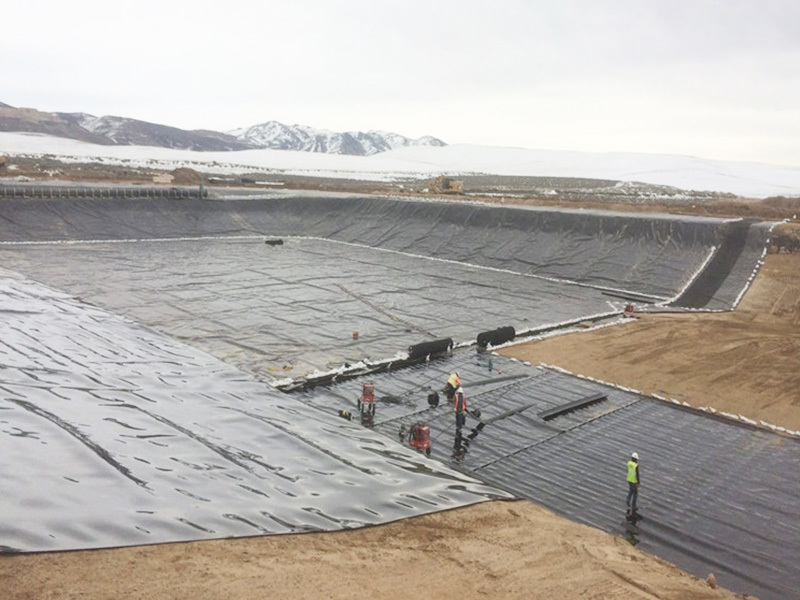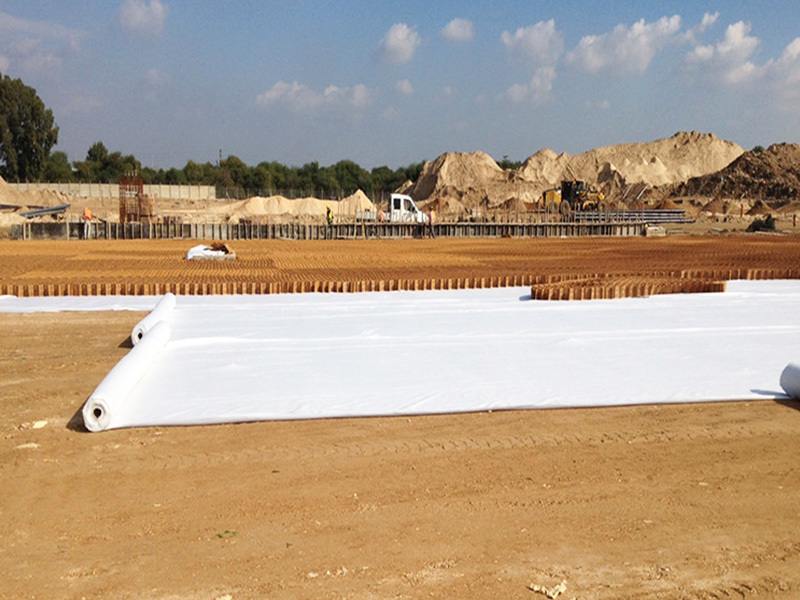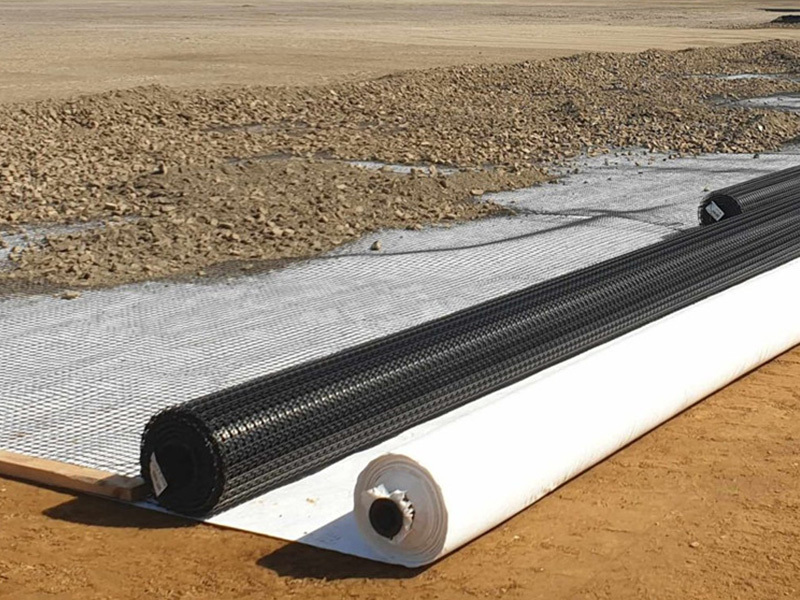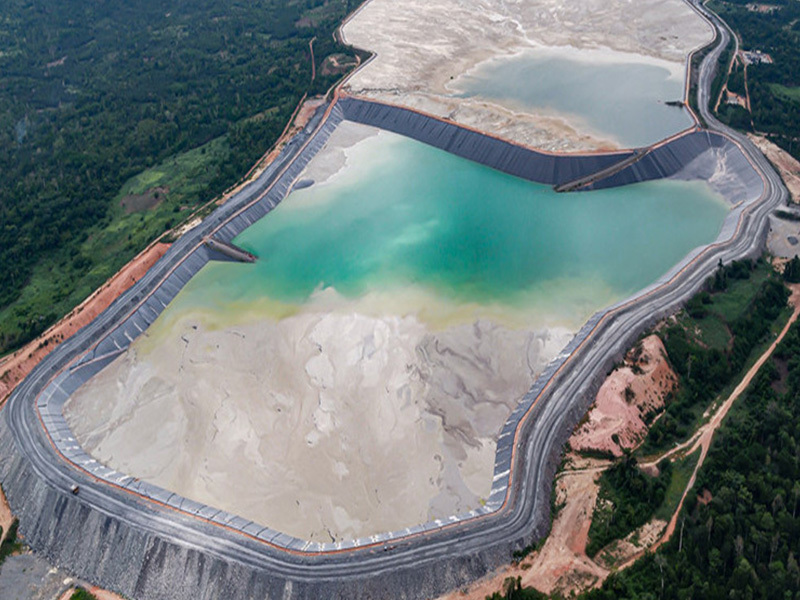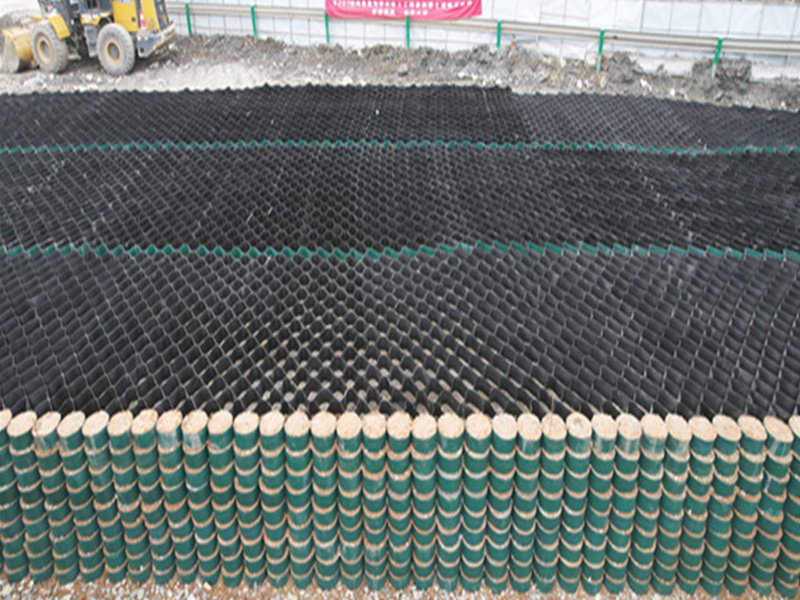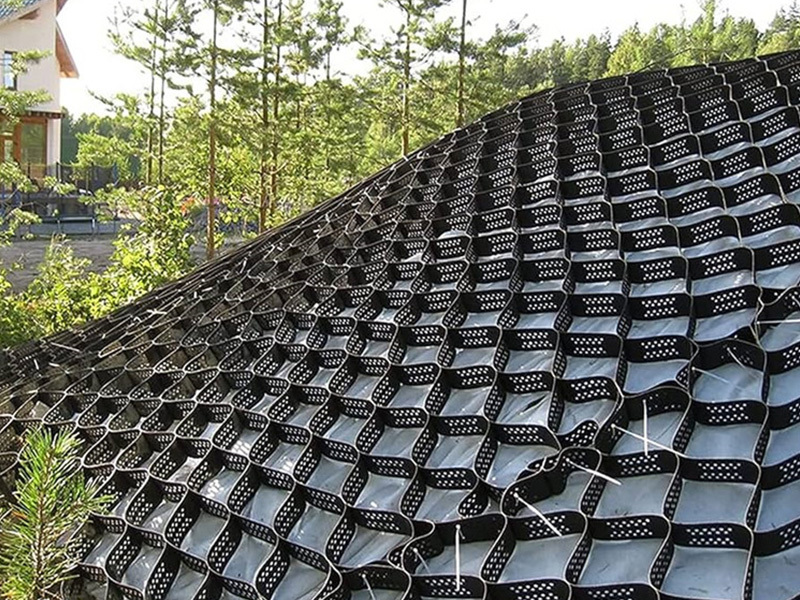The Application of Geomembranes in Landfill Construction
Release time:
Nov 24,2022
Geomembranes in Landfill Construction Applications
Geomembranes play a critical role in modern landfill construction, serving as impermeable barriers to prevent leachate and harmful gases from contaminating soil and groundwater. Here’s an overview of their key applications:
Basal Liner System
Geomembranes (typically HDPE or LLDPE) are installed at the base of landfills to block leachate seepage.
They are often combined with compacted clay and geosynthetic clay liners (GCLs) for enhanced protection.
Cover Systems
Used as daily/intermediate covers to minimize odor, control gas emissions, and reduce rainwater infiltration.
Final landfill caps incorporate geomembranes to ensure long-term environmental safety post-closure.
Leachate Collection
Geomembranes channel leachate to collection systems, preventing groundwater pollution.
Gas Management
They help direct landfill gas (e.g., methane) to extraction systems for treatment or energy recovery.
Advantages:
High chemical resistance and durability.
Cost-effective and easy to install with proper welding techniques.
Compliance with environmental regulations (e.g., EPA, EU Landfill Directive).
Challenges:
Requires quality control during installation (e.g., seam welding inspection).
Vulnerable to punctures; protective geotextiles may be needed.
In summary, geomembranes are indispensable for ensuring landfill integrity and environmental protection.
Let me know if you'd like to focus on specific aspects like material types or installation standards!
Next
Next
News
Geocell Technology for Slope Protection: Mechanisms and Applications
Geocell Technology for Slope Protection


